Bird education becomes a bird podcast
By Georgia Silvera Seamans
Five years ago, I partnered with Street Lab to design a nature education project called Explore Birds, in which we presented pop-up exhibits of taxidermied birds in historically underserved New York City neighborhoods such as Chinatown.
A program of Washington Square Park Eco Projects, Explore Birds aims to showcase New York’s urban bird diversity using study skins, bio-facts, and other materials. The visitors to our science stations ranged in age and ethno-racial identity. I am a chronic jotter and so always carry a notebook with me. I took quick notes of most of the interactions with participants during one of our Chinatown pop-ups.
 The author shares a Red-tailed Hawk specimen with a young girl in Brooklyn, part of Explore Birds with Street Lab. Photo by Street Lab.
The author shares a Red-tailed Hawk specimen with a young girl in Brooklyn, part of Explore Birds with Street Lab. Photo by Street Lab.
“Are they real?” [Many people asked this question.]
Of the red-tailed hawk, a teenager asked, “Is it a falcon? I used to see many in this area but not anymore.”
“This is so cool. I love pigeons.”
“Are they dead?”
“What would happen if a real bird came by?”
“Which has the sharpest beak?”
“Where I play (in New Jersey), there is a hawk that perches and watch us. It shows the environment is better.”
“Would you find these birds in New York?”
Of the red-tailed hawk, “Is it an owl?”
“That’s disgusting!” exclaimed a young girl.
“Are they real? I’m not touching them!” shouted a teen girl.
“Birds are cool,” said a boy.
“Is that a raptor bird?” asked a young girl about the American Kestrel. “I’m guessing that’s another raptor,” as she pointed to the Red-tailed Hawk. I asked her if she studies birds in school. “I love birds a lot,” she said. “I love falcons.”
“I chase it [a pigeon] away every day from [pooping] on my car.”
“Are the birds for sale?” an older man asked in Cantonese.
Of the Tufted Titmouse, a boy asked, “Are these baby birds?”
“I thought they were sleeping.”
 The author at a “Move and Walk Weekend” event in New York’s Chinatown, with Explore Birds and Street Lab. Photo by Street Lab.
The author at a “Move and Walk Weekend” event in New York’s Chinatown, with Explore Birds and Street Lab. Photo by Street Lab.
The curiosity displayed in these questions, statements, and short stories are not unique to New York’s Chinatown. I have installed Explore Birds in other parts of the city, ranging from uptown Manhattan to Brooklyn, Queens, and 2,772-acre Pelham Park in the Bronx. In every location, I’ve been the fortunate recipient of New Yorkers’ bird stories.…


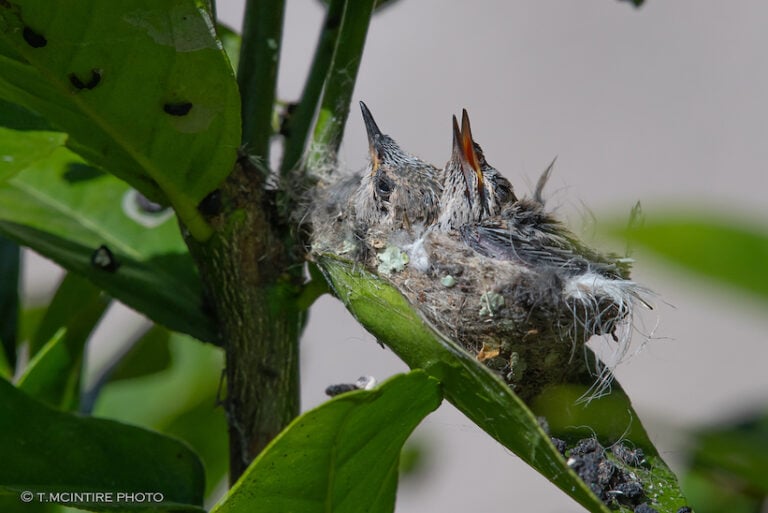
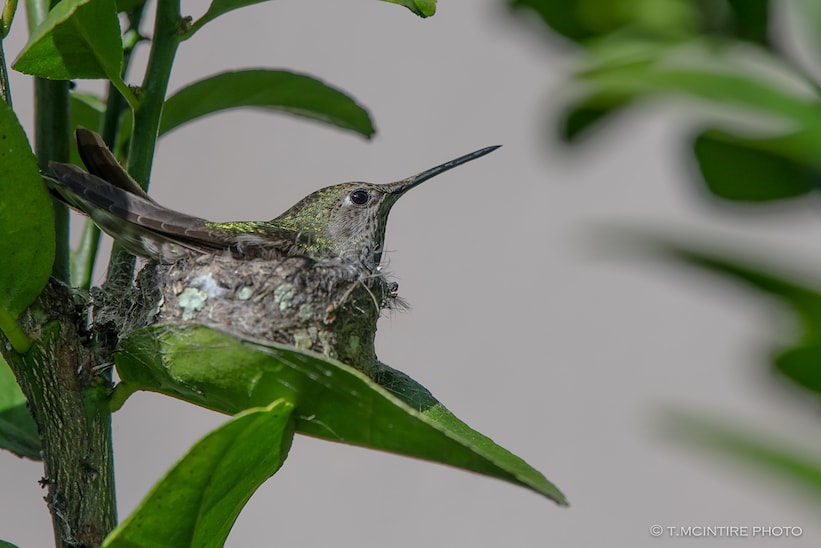 Female hummingbird on her beautiful nest – Feb 26, 2021
Female hummingbird on her beautiful nest – Feb 26, 2021
 Another view of the nest, built on the leaf of a lemon tree
Another view of the nest, built on the leaf of a lemon tree
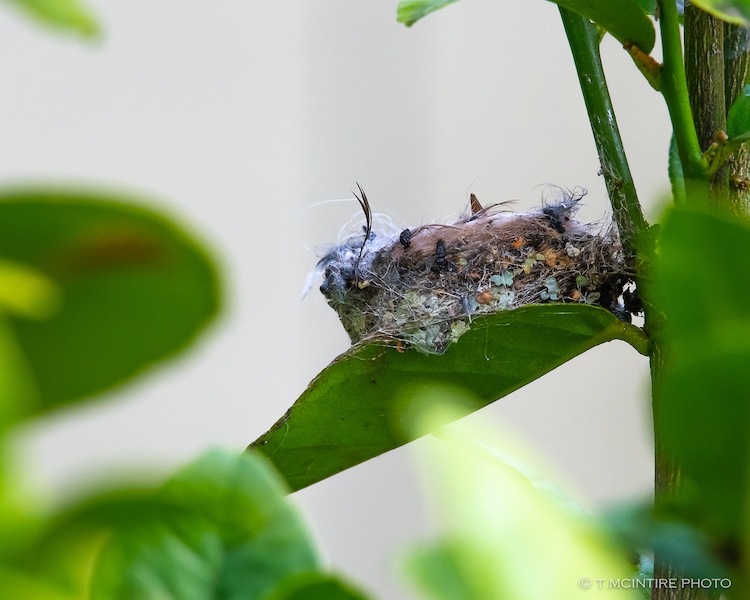 First view of a hummingbird nestling – March 14
First view of a hummingbird nestling – March 14
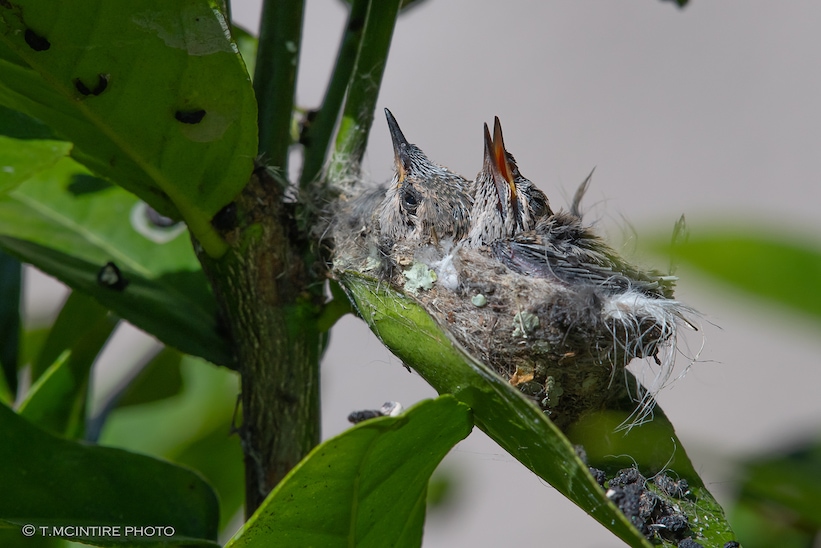 Not one but TWO hummingbirds – March 20
Not one but TWO hummingbirds – March 20
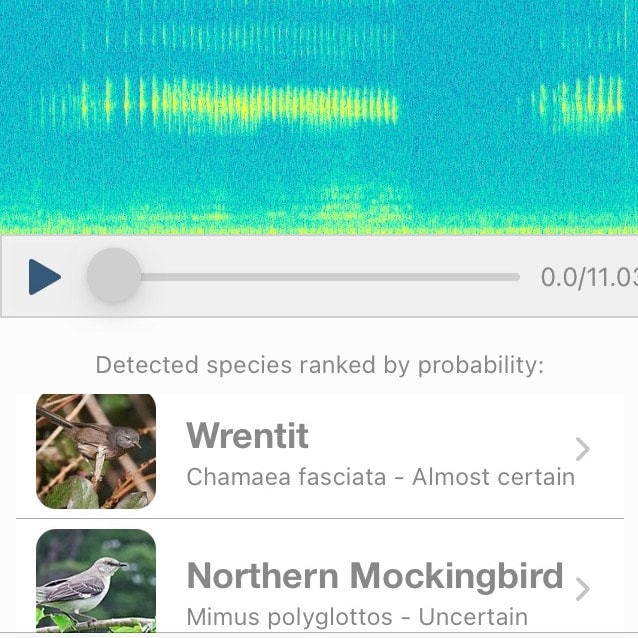
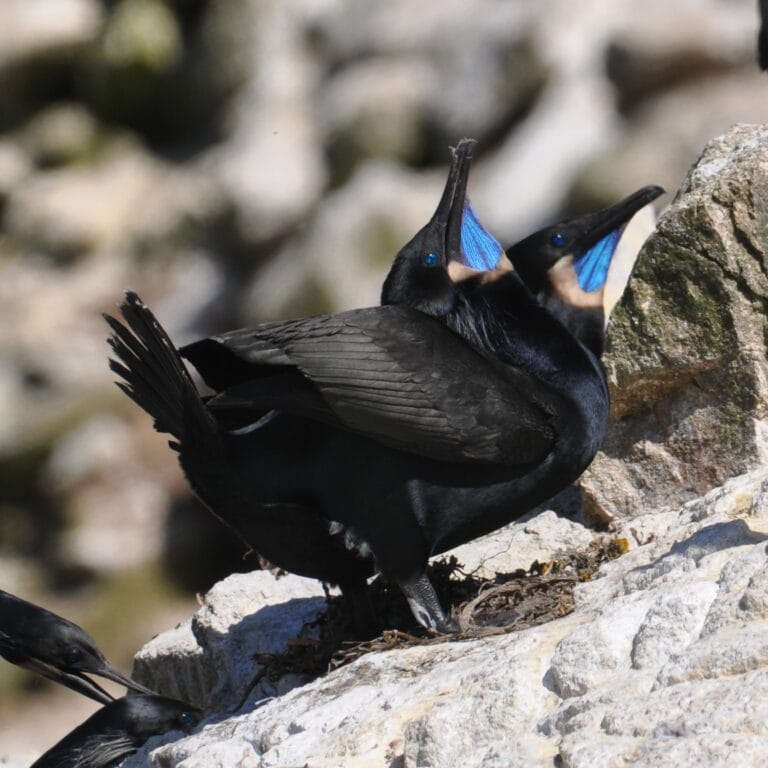
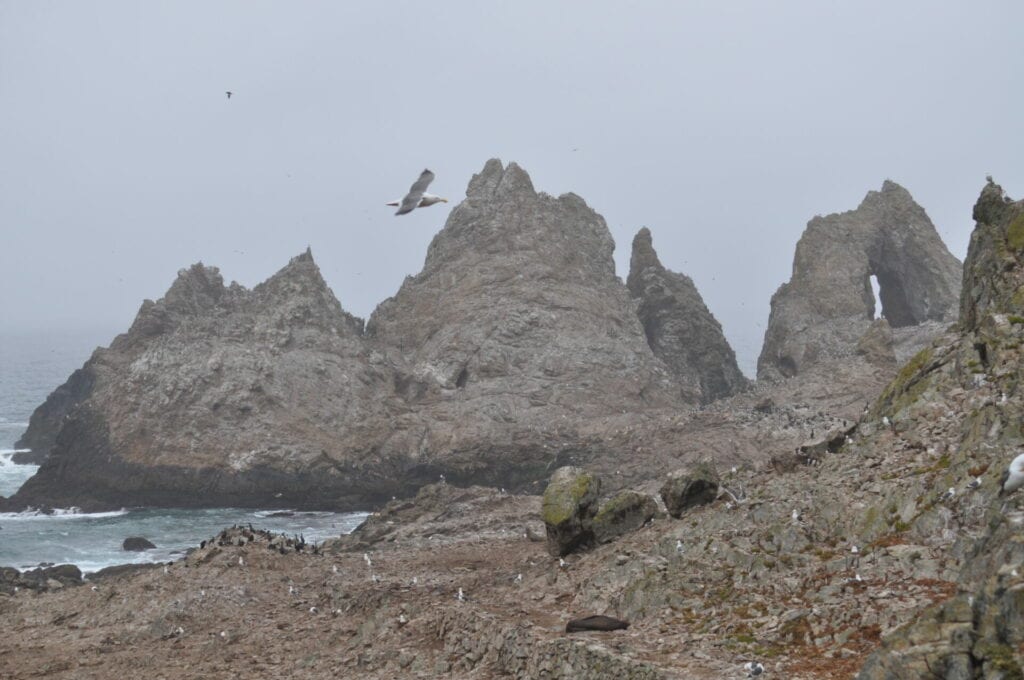 View with nesting gulls from the Farallon Islands by Michael Pierson
View with nesting gulls from the Farallon Islands by Michael Pierson
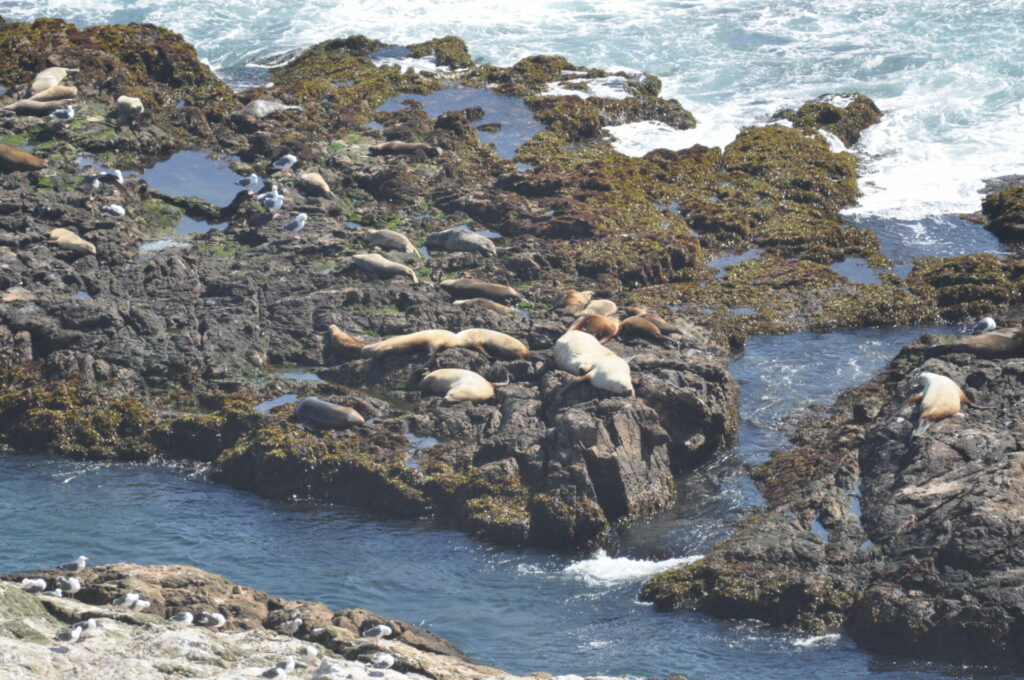 Marine mammals on the Farallones by Michael Pierson
Marine mammals on the Farallones by Michael Pierson
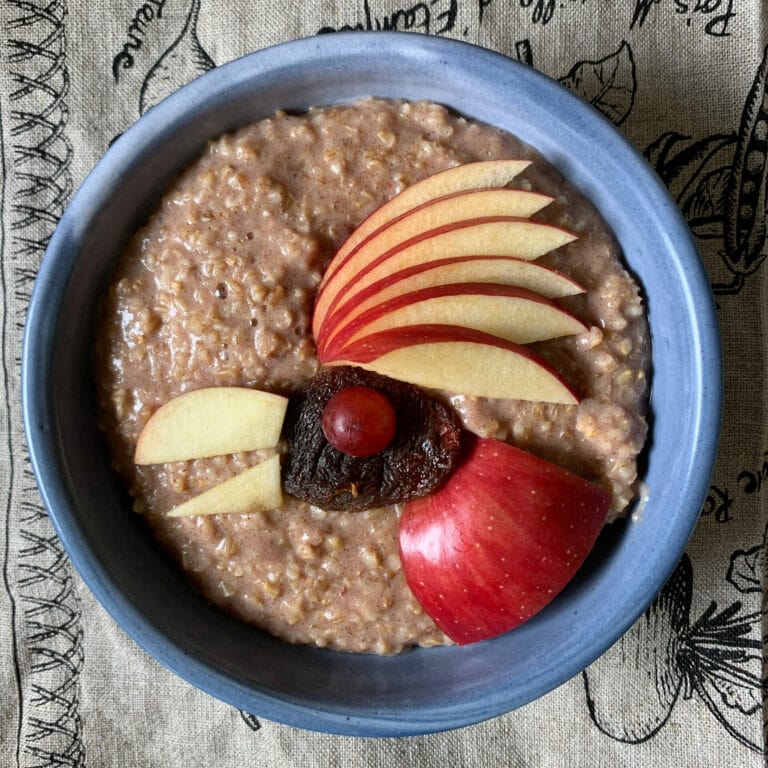
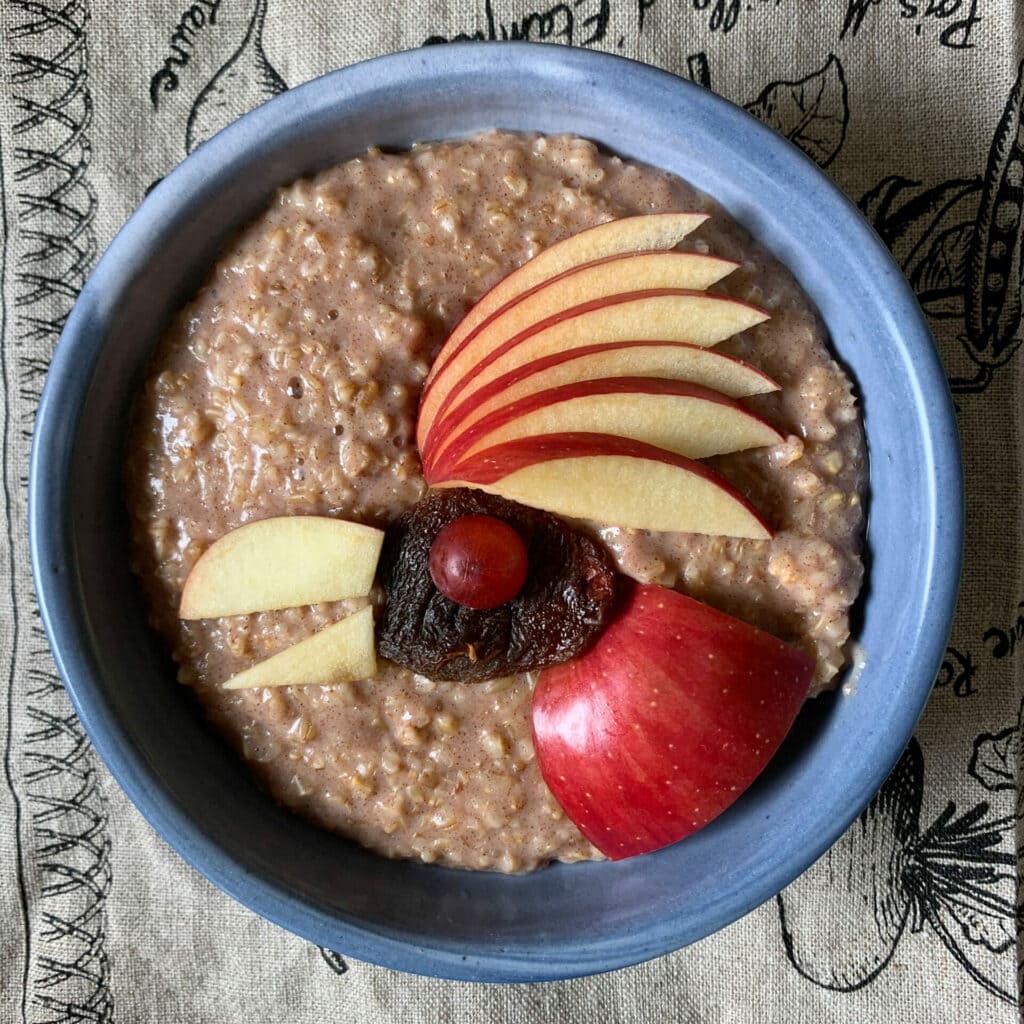 Breakfast cockatoo by Alan Krakauer
Breakfast cockatoo by Alan Krakauer
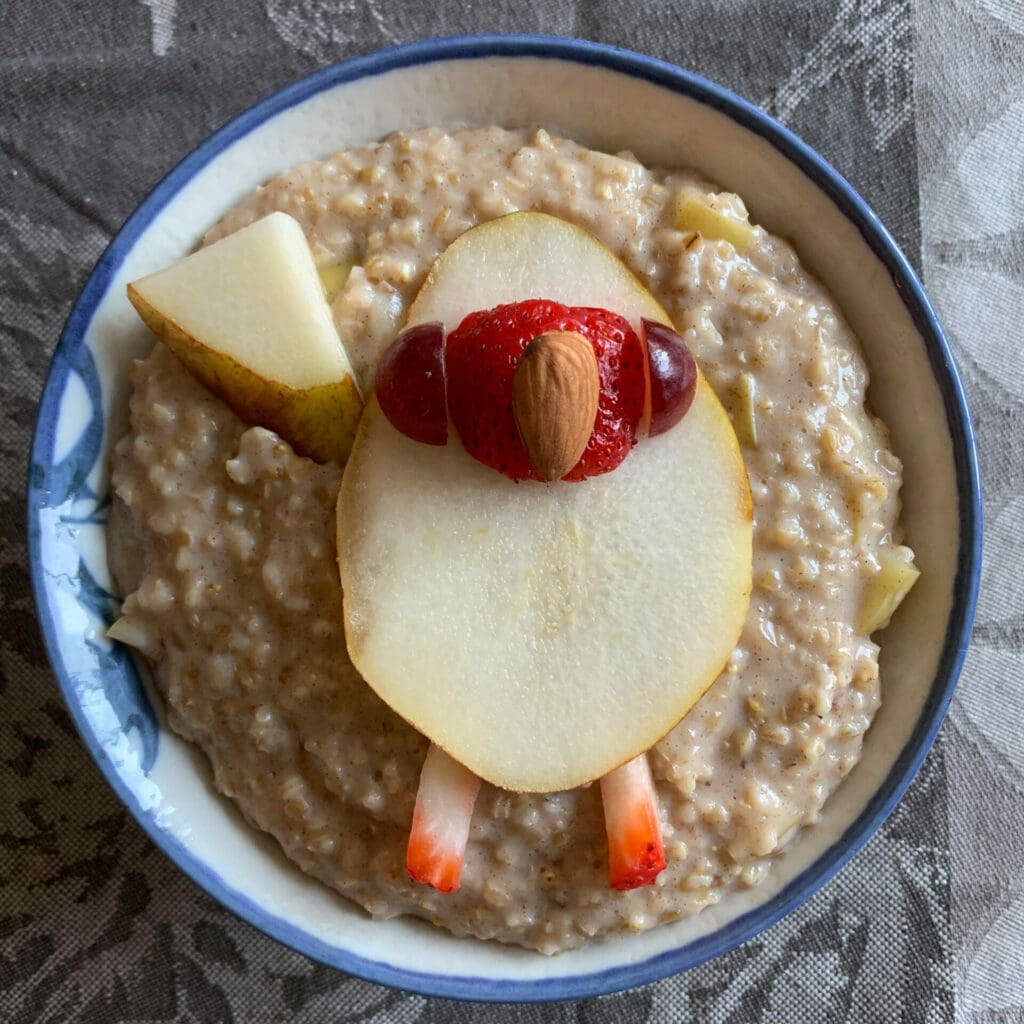 Northern Cardinal in the style of Charley Harper, by Alan Krakauer
Northern Cardinal in the style of Charley Harper, by Alan Krakauer
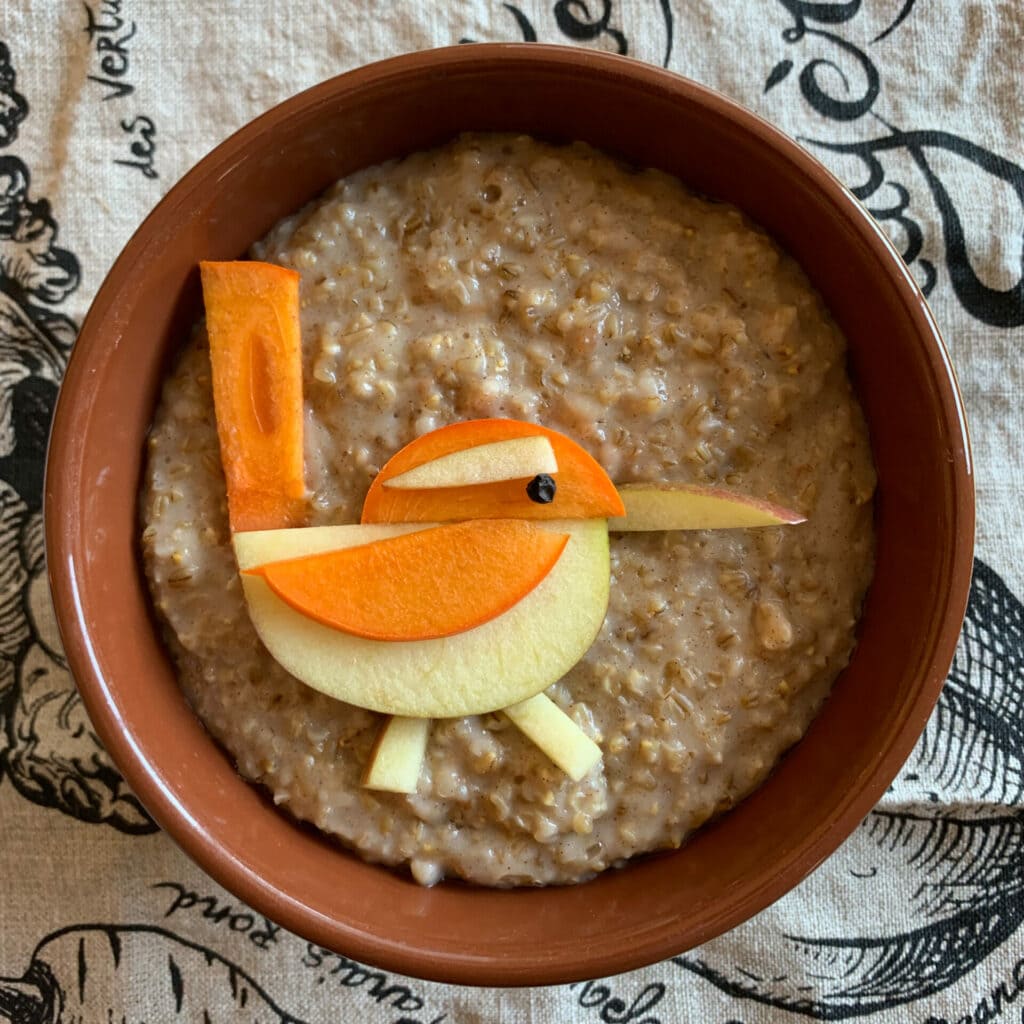 Bewick’s Wren for breakfast by Alan Krakauer
Bewick’s Wren for breakfast by Alan Krakauer
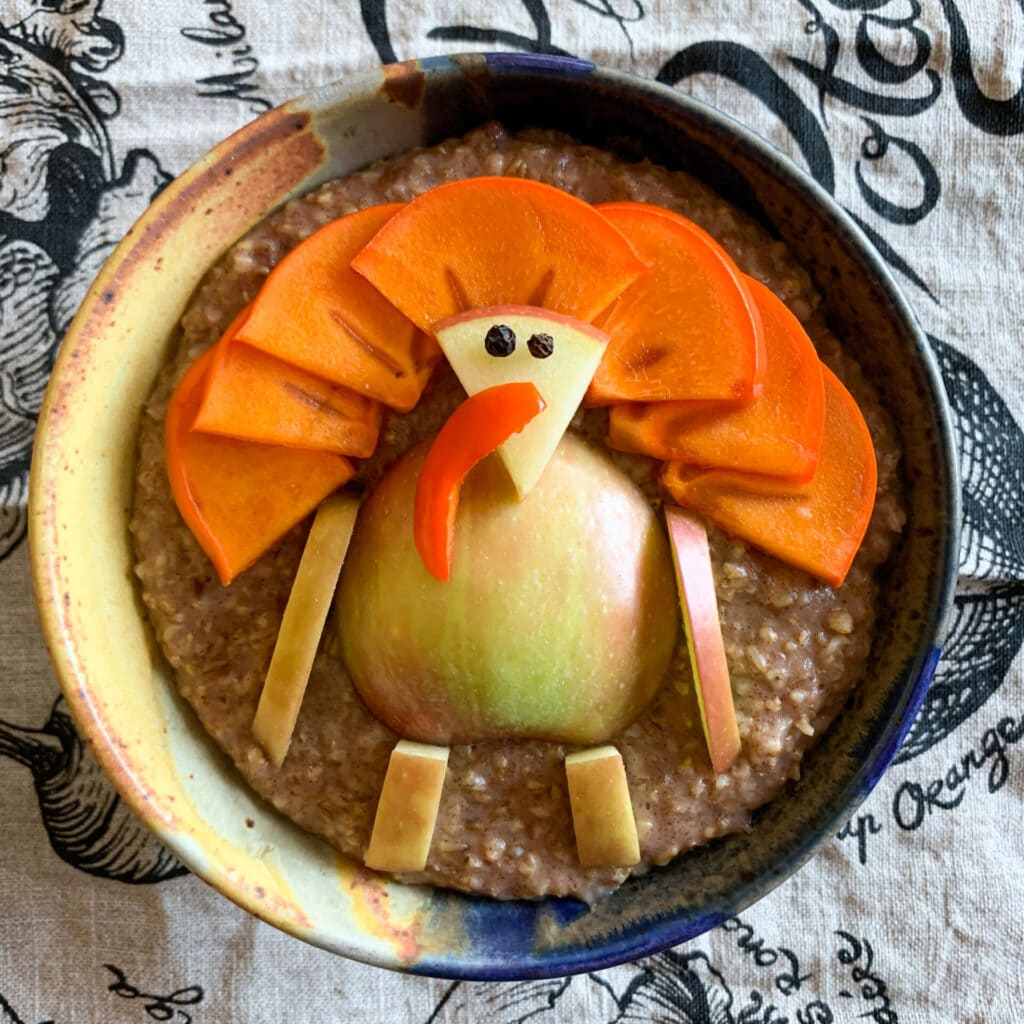 Wild Turkey for breakfast by Alan Krakauer
Wild Turkey for breakfast by Alan Krakauer
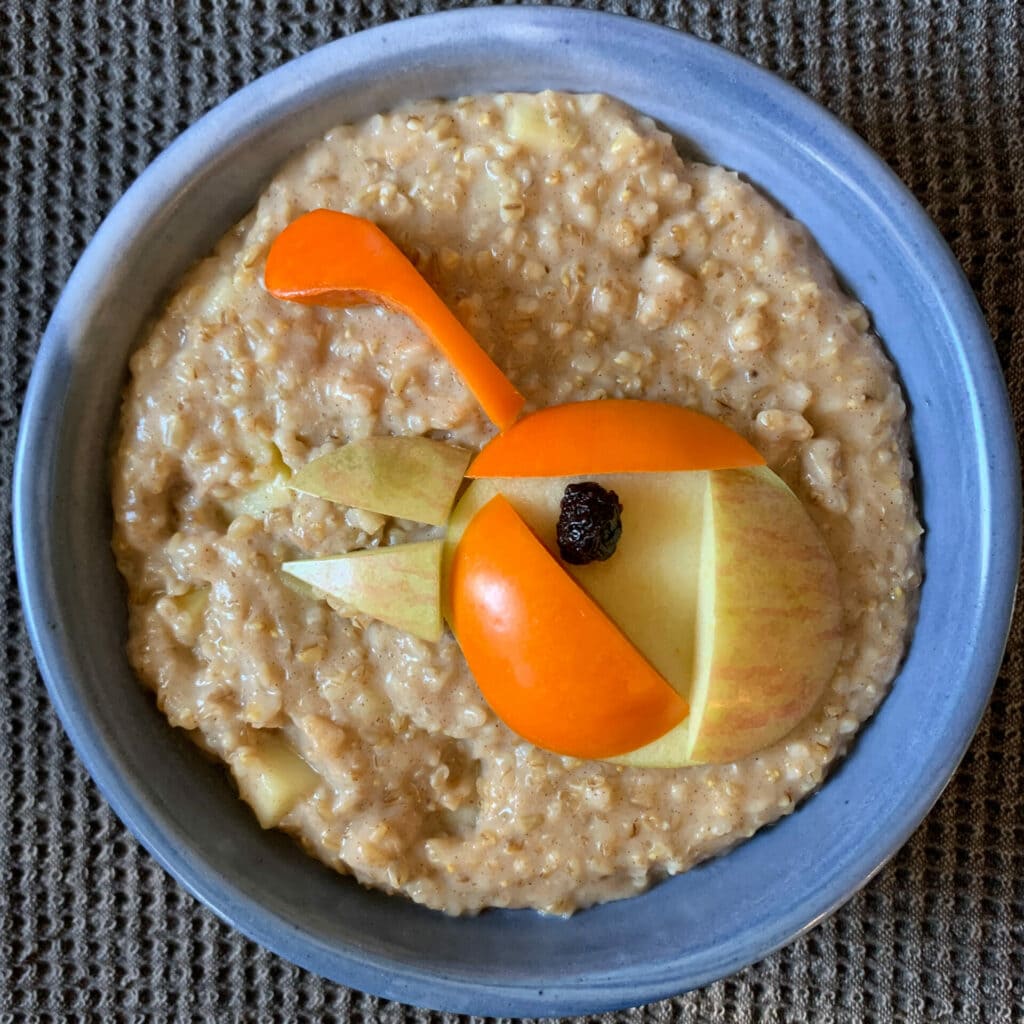 California Quail by Alan Krakauer
California Quail by Alan Krakauer
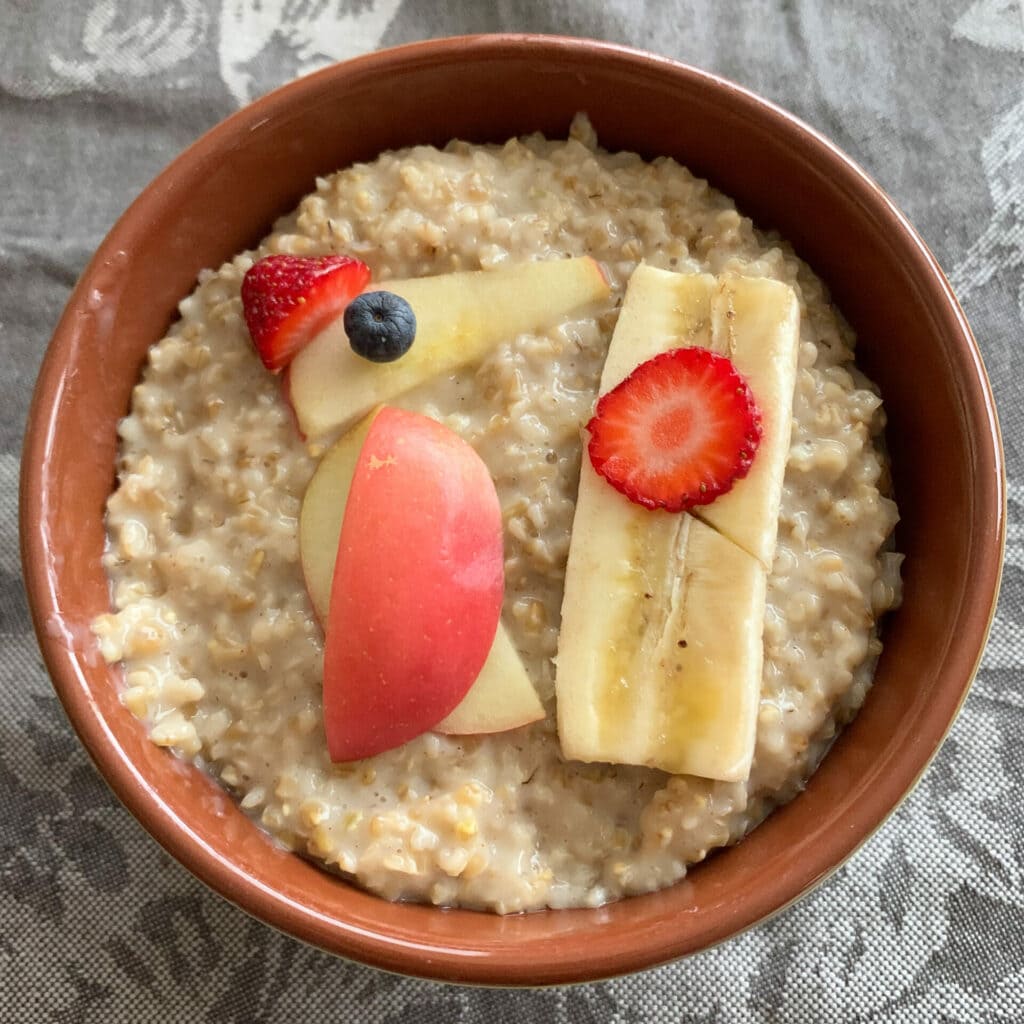 Pileated (?) woodpecker by Alan Krakauer
Pileated (?) woodpecker by Alan Krakauer
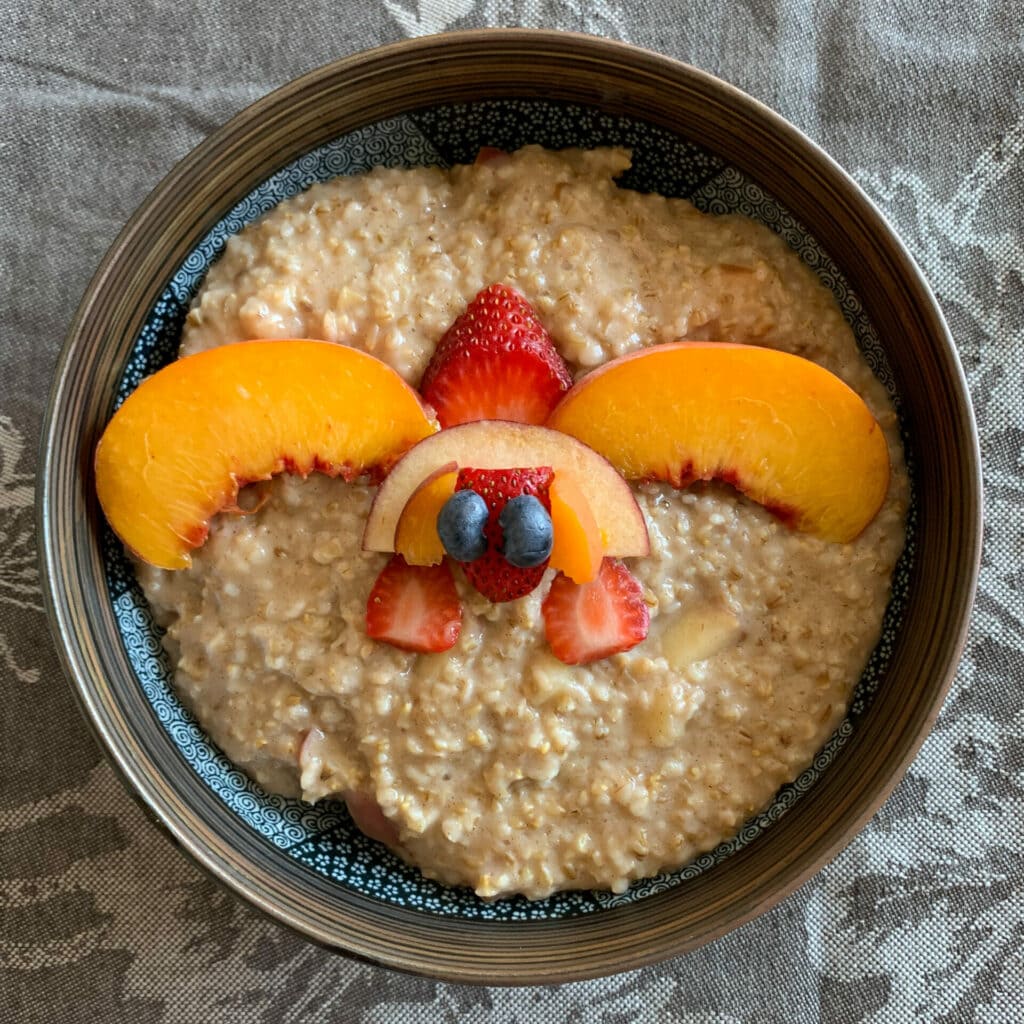 Prairie chicken or Sharp-tailed Grouse by Alan Krakauer
Prairie chicken or Sharp-tailed Grouse by Alan Krakauer
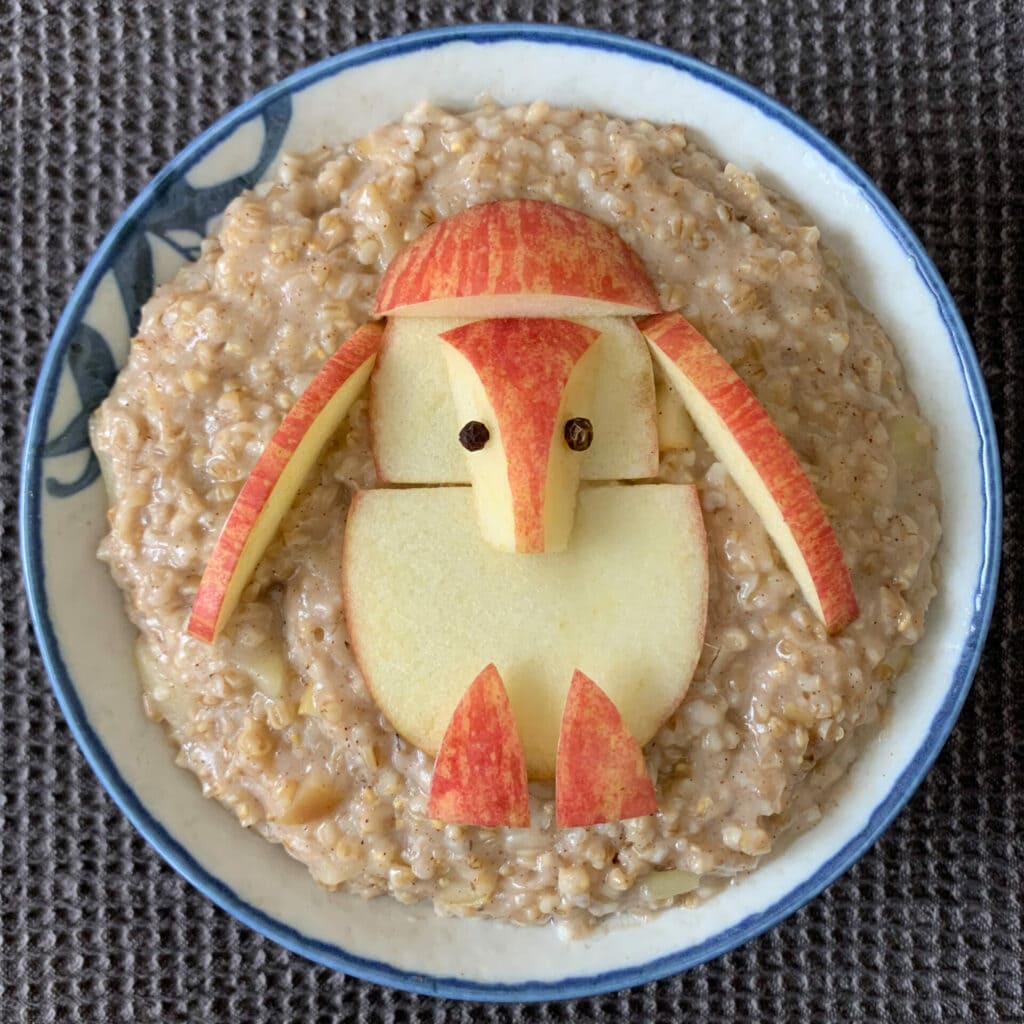 Penguin, definitely in the style of Charley Harper, by Alan Krakauer
Penguin, definitely in the style of Charley Harper, by Alan Krakauer
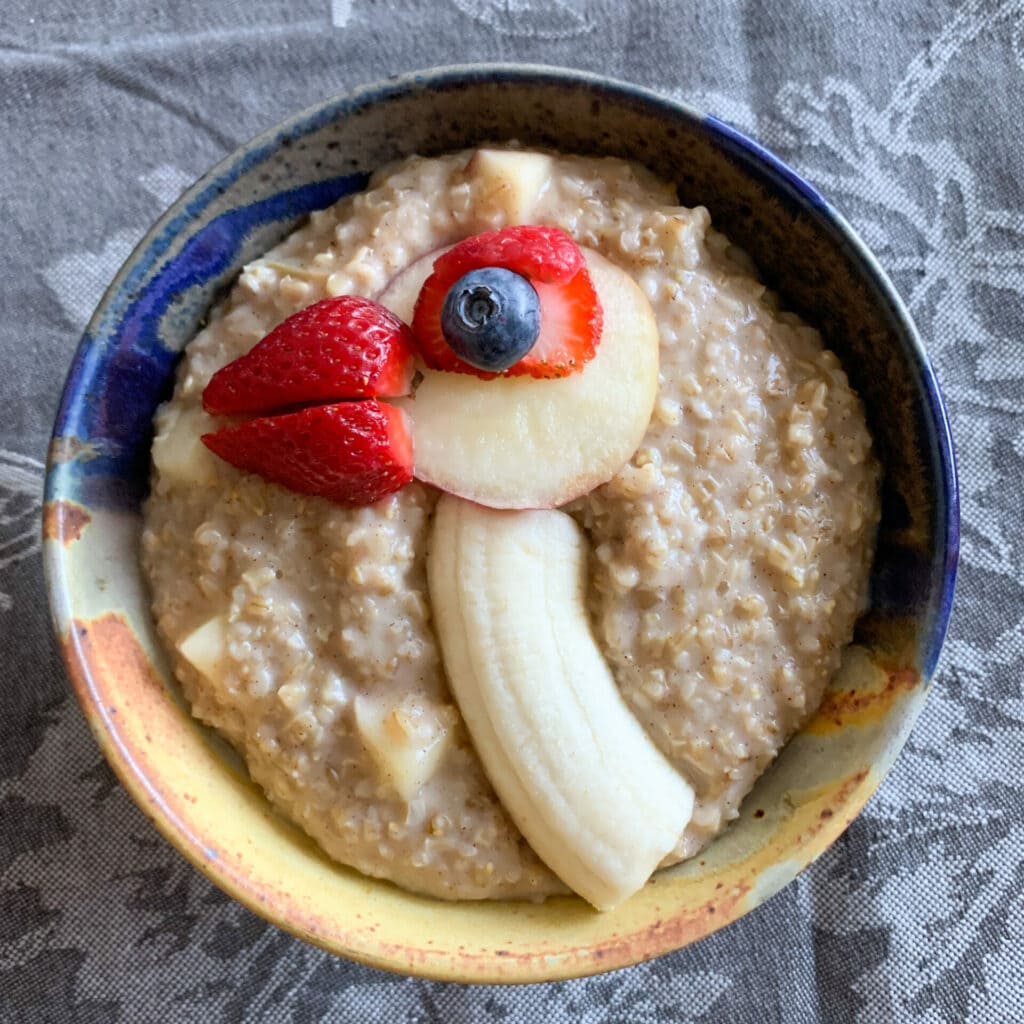 Ostrich for breakfast by Alan Krakauer
Ostrich for breakfast by Alan Krakauer
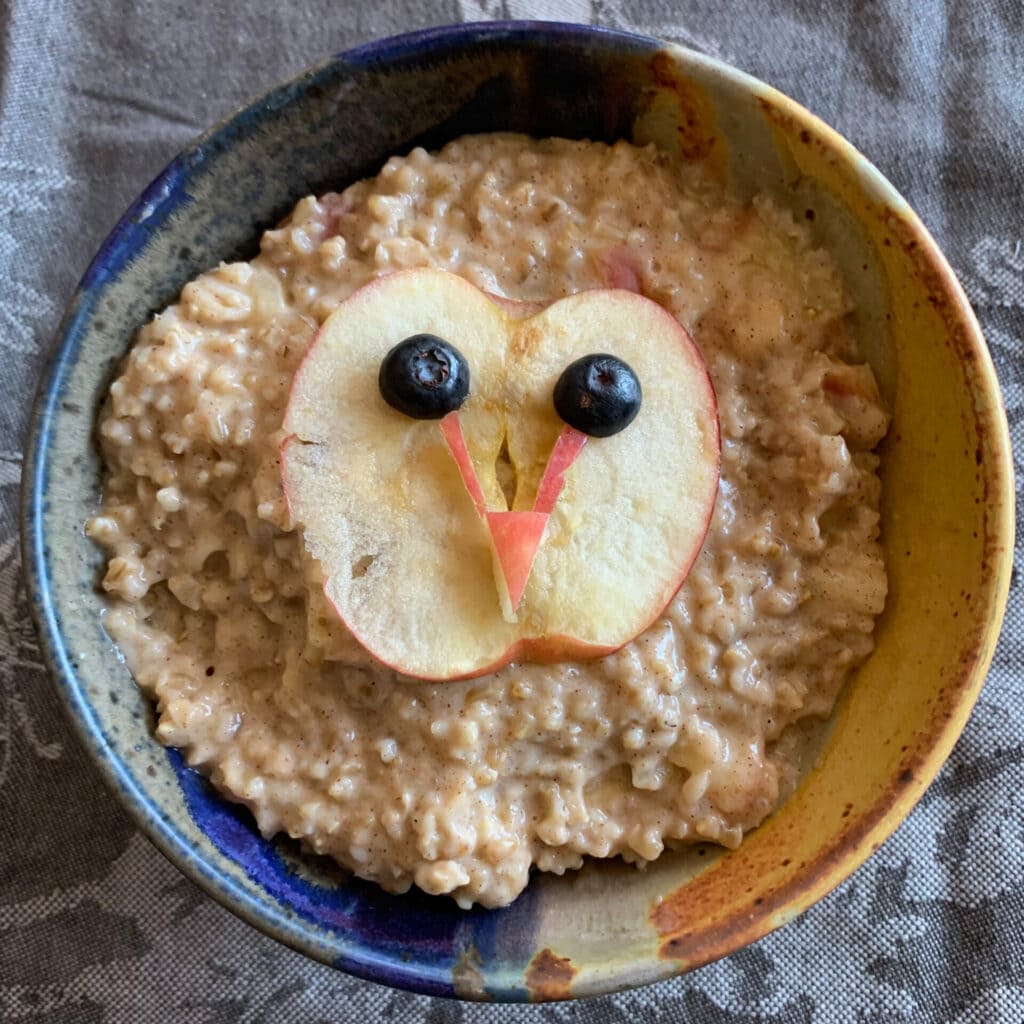 Breakfast Barn Owl by Alan Krakauer
Breakfast Barn Owl by Alan Krakauer
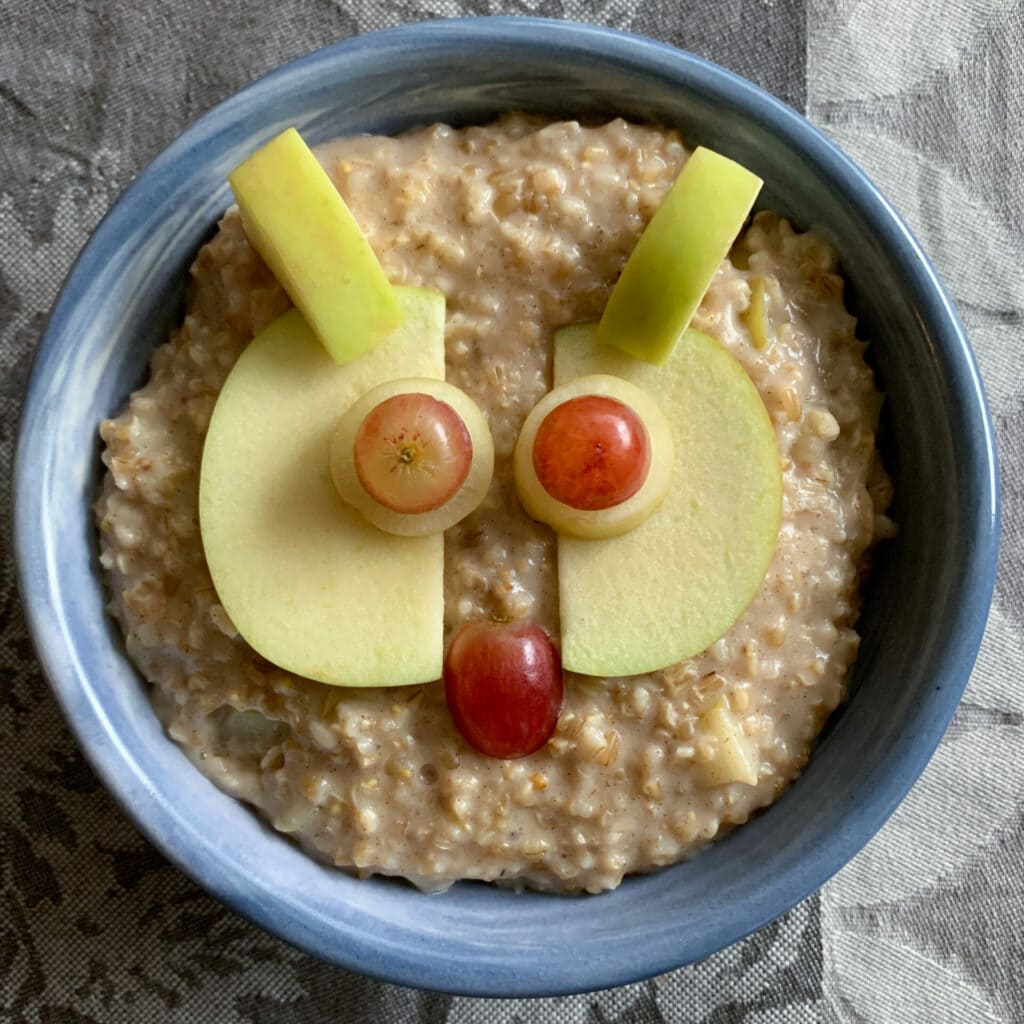 Great Horned Owl by Alan Krakauer
Great Horned Owl by Alan Krakauer
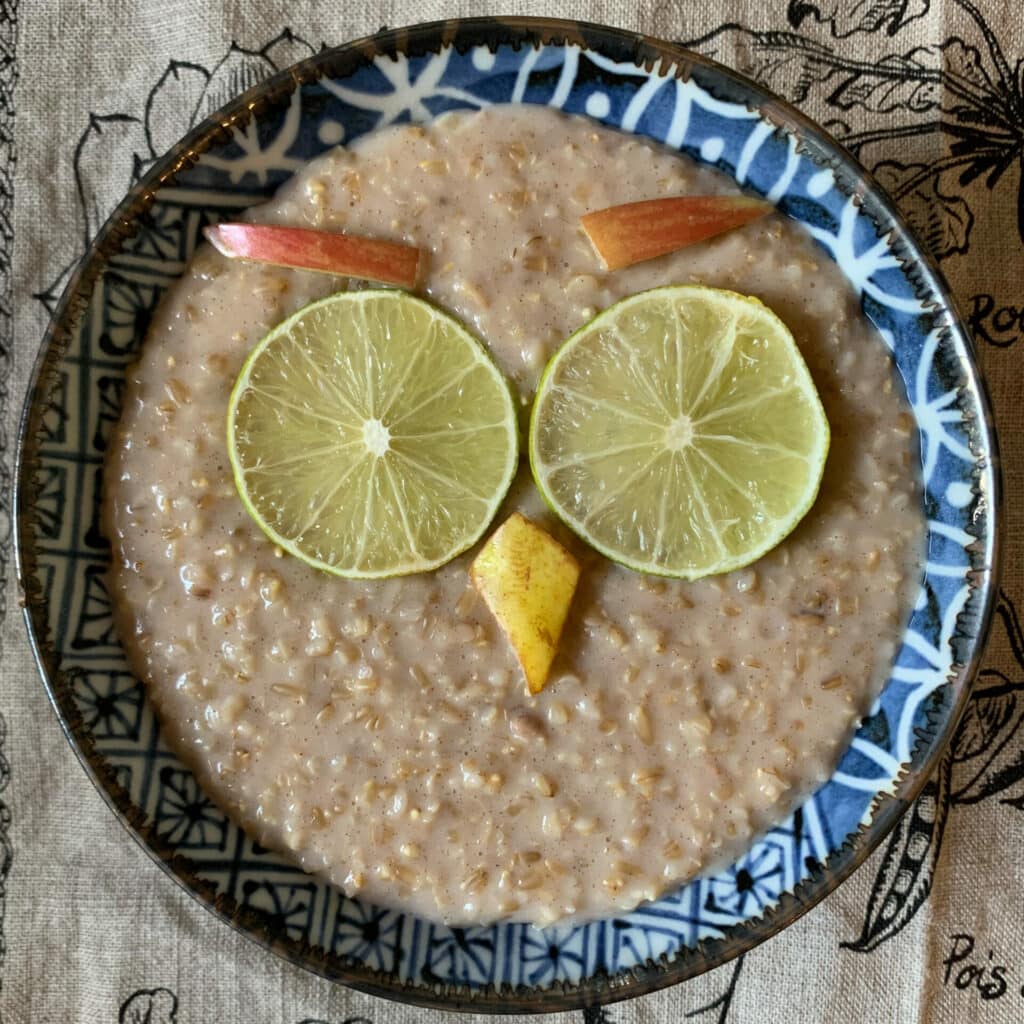 Another Great Horned Owl by Alan Krakauer
Another Great Horned Owl by Alan Krakauer
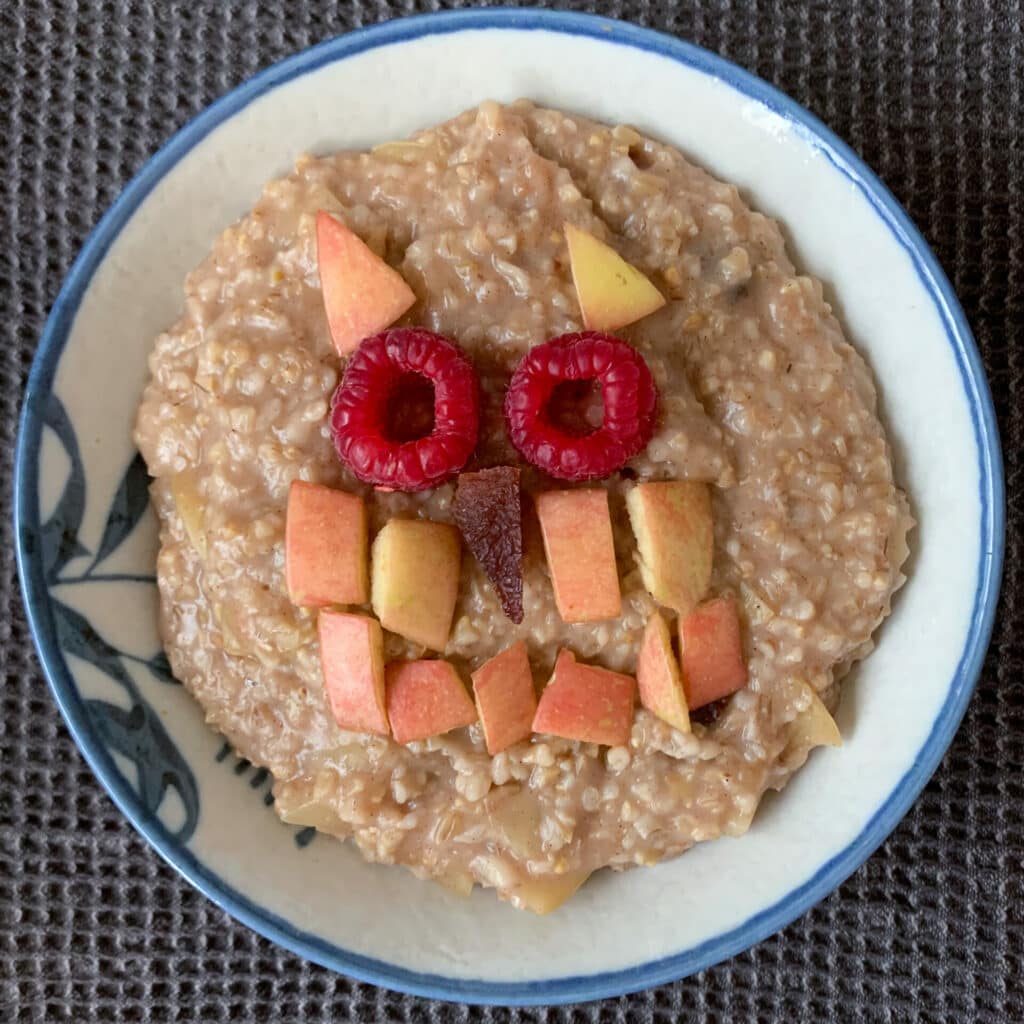 Yet another Great Horned Owl by Alan Krakauer
Yet another Great Horned Owl by Alan Krakauer
 A kiwi, obviously, by Alan Krakauer
A kiwi, obviously, by Alan Krakauer
 “Birbs,” unknown species, by Alan Krakauer
“Birbs,” unknown species, by Alan Krakauer